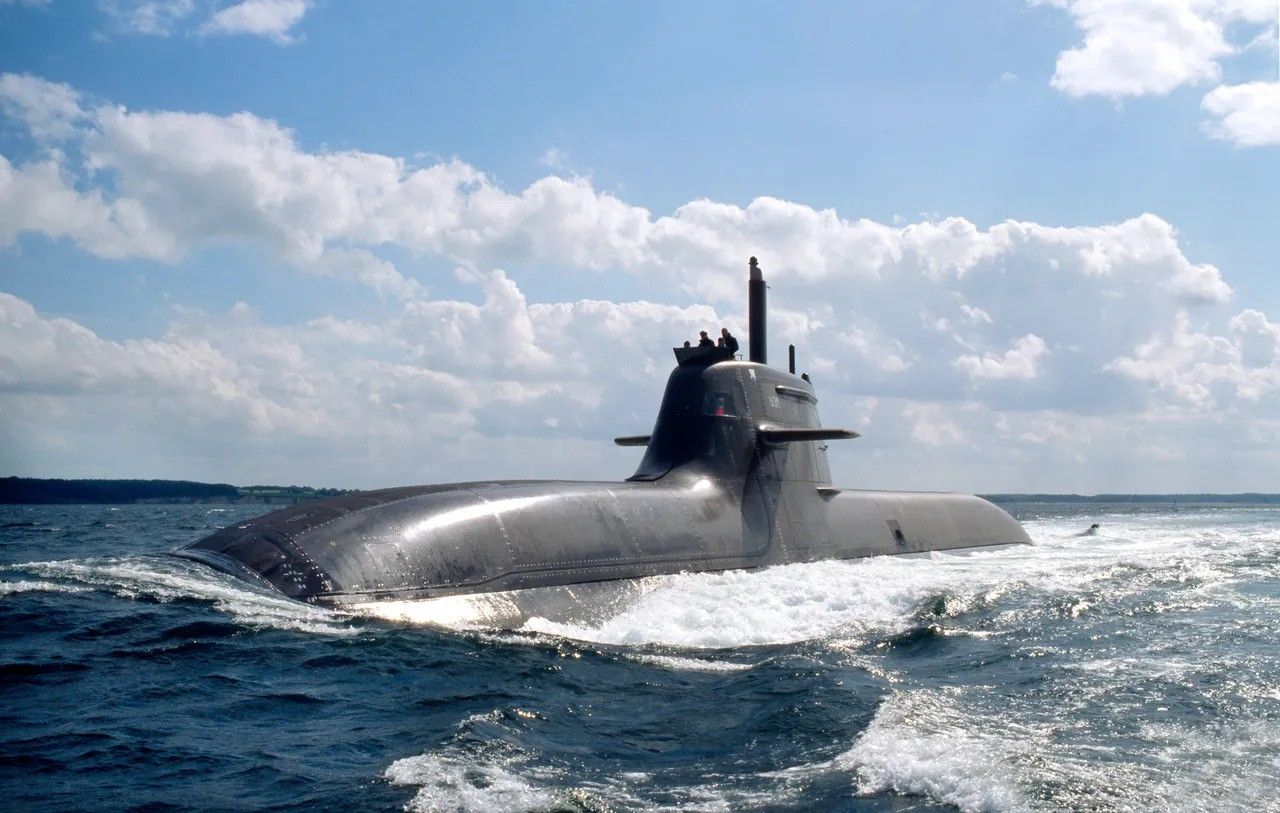UDT 2025: NATO members express interest in German-Norwegian 212CD submarine programme

The programme is looking to expand to new partners.
Canada, Greece and Poland have expressed an interested in the Type 212CD (common development) conventionally powered diesel-electric submarine being developed between Germany and Norway.
This is part of a concerted effort to widen the Type 212CD programme to new customers, taking advantage of the Wismar manufacturing plant’s expanded submarine construction capabilities in Germany, Navy Captain Bernd Weis, Coordinator of German-Norwegian Naval Defence Materiel Cooperation, told media representatives at UDT 2025 in Oslo.
The Type 212CD submarine is replacing Norway’s Ula-class and Germany’s Type 212A boats.
The Netherlands initially also showed an interest in the 212CD programme, however, the country eventually opted for Naval Group’s Barracuda family of submarines, Captain Weis said.
New partners will not be able to change the 212CD's requirements, although there will be future opportunities to support lifetime maintenance, Captain Weiss and his counterpart Captain Oystein Storebo, Programme Director Submarines for the Norwegian Ministry of Defence said.
The Type 212CD is intended to satisfy the requirements of both navies, with a common requirement organisation setting the design.
Germany currently has six Type 212CD submarines on order, while Norway has four. Additional boats might be procured for the Norwegian navy pending parliamentary approval.
Primarily, this is “largely a European project”, with time and operational availability being prioritised above cost. Together the two countries will deliver strength in numbers, with a “bigger fleet delivering bigger individual availability”, Captain Storebo said.
The programme is on track to deliver the first boat by 2029, declaring it “the benchmark for non-nuclear submarines”, Captain Storebo continued.
The submarine itself is 73m in length, can host a crew of 30, and boasts a reduced signature because of its diamond shape, with modern sensors and increased computing power over the Type 212A model, Captain Storebo added.
Various effectors are being considered for use as part of the programme, including at least two new torpedoes, such as the Black Shark Advanced (manufactured by WASS Submarine Systems) and DM2A5, as well as naval strike missiles (produced by Norway’s Kongsberg) and a new co-developed supersonic strike missile (3SM) with a significantly extended range, Captain Weis said.
This article has been updated with new information since publication.
Author - Benjamin Howe Defence Journalist at Clarion Defence & Security.
